Affiliate links on Android Authority may earn us a commission. Learn more.
Google Pixel 5 revisited: The good and bad six months later
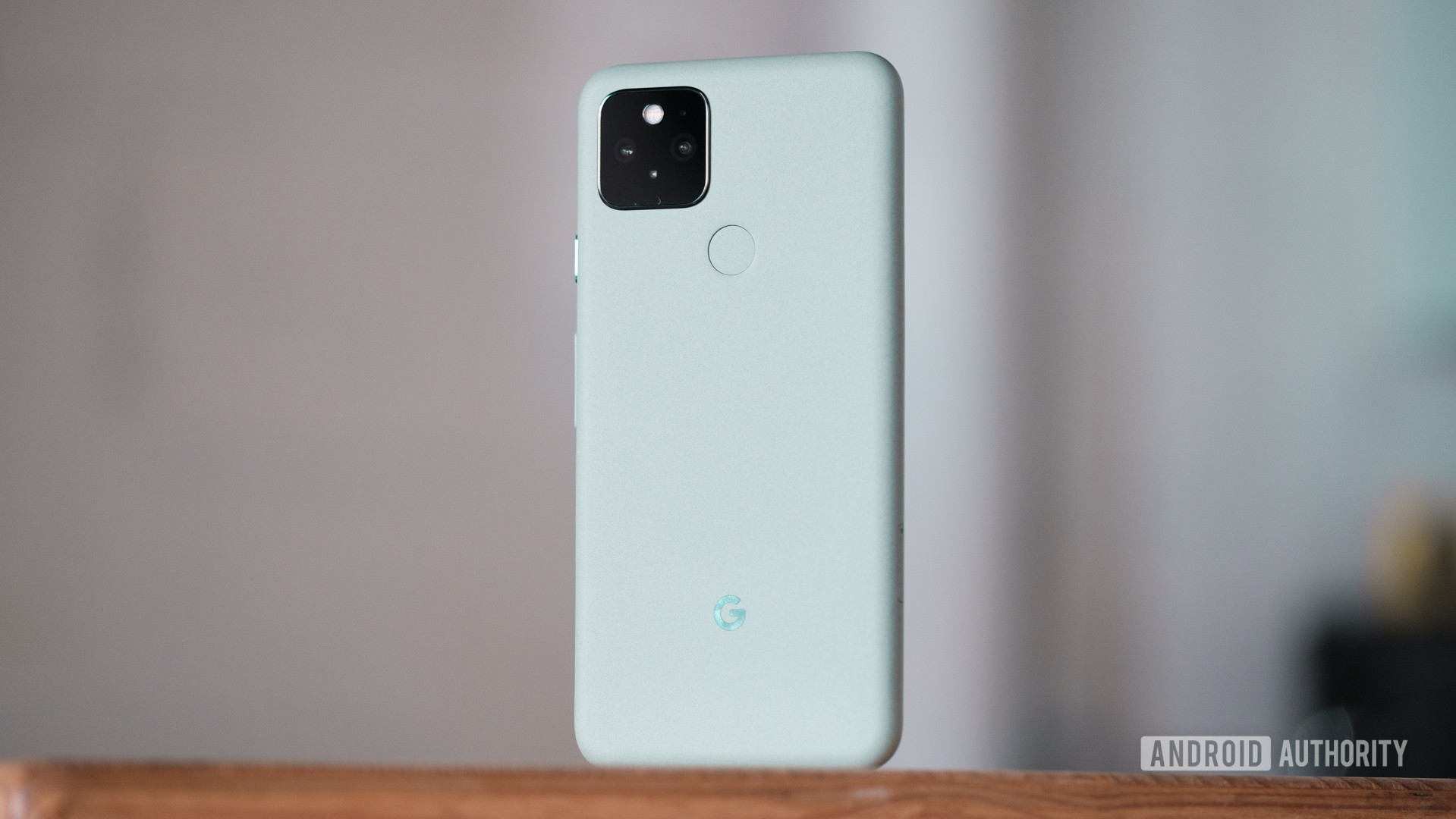
The Google Pixel 5 is a slightly controversial phone. It represents the first time Google completely abandoned the pretense of its primary line of Pixels being premium flagships. Regardless, it still received positive reviews at launch and appears to be more popular than its predecessor. In this Google Pixel 5 review revisited, we’re going to examine how the phone has held up over the past six months.
Check it out: The original Android Authority review of the Pixel 5
Over four days in March, I used the Google Pixel 5 as my daily driver. This meant setting aside my current daily driver, the Samsung Galaxy S21. This presented an interesting case in that I set aside a 2021 flagship to use as a 2020 sort-of-flagship. Let’s dig in and see how it went.
The good
Pixel fans have it tough. Over the years, they’ve tried to live with the many prevalent flaws of Pixel smartphones by leaning on the line’s few unabashed successes. Those successes usually revolved around the software and the camera. That’s also true here — the software is second to none in the world of Android and the camera (despite some issues we’ll get to later) is still a fantastic point-and-shooter thanks to Google’s computational smarts. Instead of focusing on those oft-lauded aspects here, I wanted to talk about three things that the Pixel 5 does well that some folks might overlook.
Design

Google has had some true face-palm moments with design. The “bathtub” notch of the Google Pixel 3 XL was laughably terrible. Going all-in on face unlock with the Pixel 4’s Soli radar system was also a little questionable — the much-hyped hands-free gestures that were promised turned out to be useless. Even when Google has done a good job with the design, it’s usually because of playing it safe, as we saw with the original Pixel and Pixel 2 series.
Thankfully, many of the design aspects of the Google Pixel 5 are good. It even makes room for some true innovation.
The first thing you notice when you pick up a Pixel 5 is how small it is. In a world where huge phones dominate the market, the Google Pixel 5’s palm-friendly size is a total breath of fresh air. Its smooth, curved edges and flat display panel make it a joy to hold and use.
The metal back features a speckled paint job that feels terrific. Its grippy texture reminds me a bit of the sandstone backing of the OnePlus One. It’s not as sandpaper-like as that finish, but it’s similar. What’s truly incredible is that Google figured out a way to have this metal backing and still provide wireless charging. In a world full of glass sandwiches, the Pixel 5 is the only one that offers something different without sacrificing an integral flagship feature.
Even the Sage colorway has a unique flavor to it. You could go with the classic Just Black color if you want, but the Sage color is so fun.
Now, the design of this phone isn’t perfect (more on this in a bit). Still, the design successes of this phone are helping us forget about some of the company’s past design blunders.
Battery life
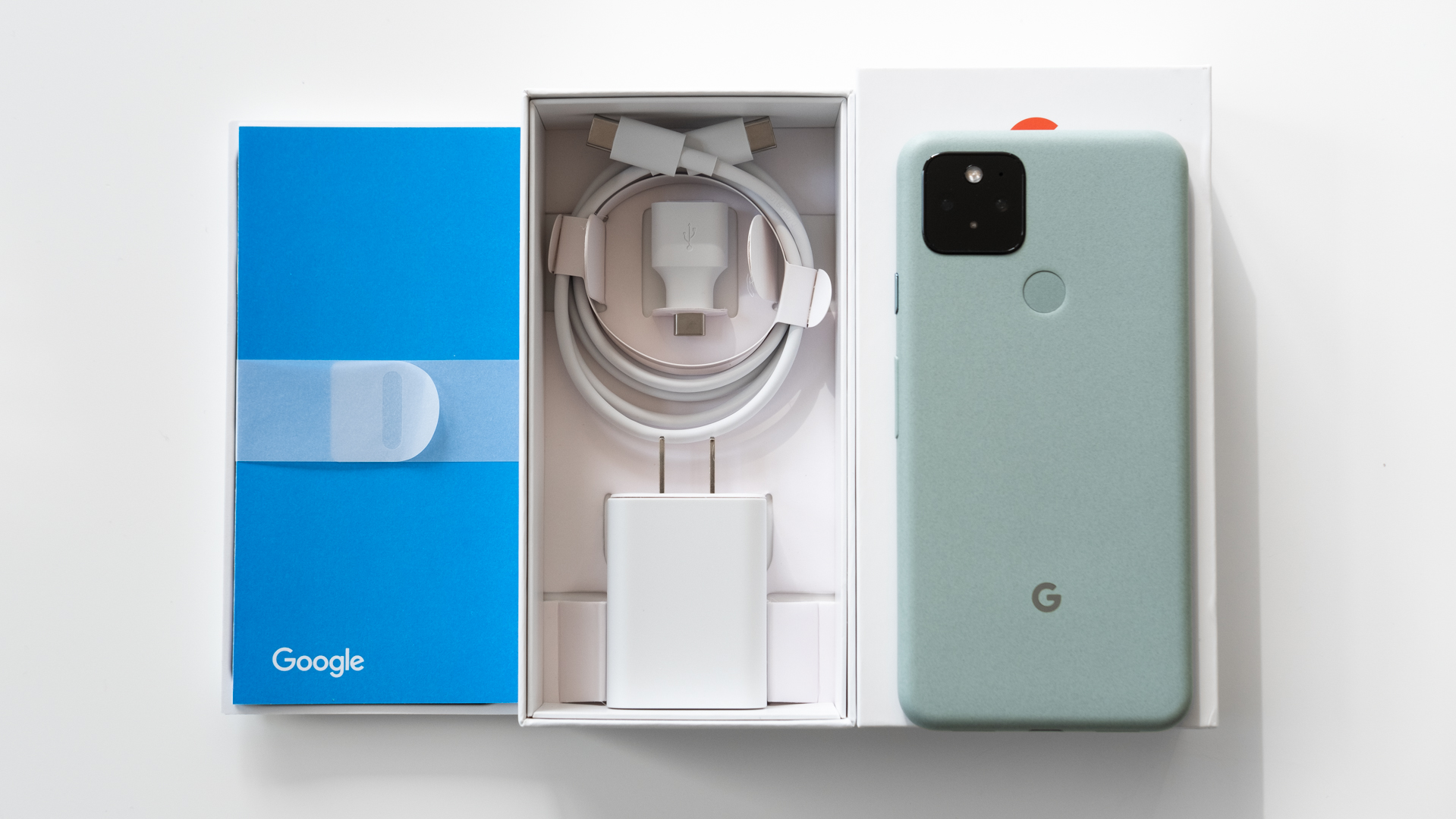
Battery life has been the thorn in Google’s side ever since the very first Pixel phone. However, the kicker is that Google put that thorn into its own side by refusing to understand that bigger batteries get better battery life. It seems so simple, but Google’s foolhardy attitude that “software solves all problems” held it back from coming to grips with reality.
Thankfully, during this Google Pixel 5 review revisited, I saw great battery life. The phone easily powered through my entire day with plenty of extra juice going into the next. Sure, it is unlikely I’d ever be able to get two full days out of the phone, but it’s still miles ahead of the dismal battery performance of the Pixel 4 series.
See also: The best phone charging accessories
It’s important to note how this battery life success pairs with the device’s design. This phone is small and it has a 4,080mAh battery capacity. That’s a larger capacity than the Galaxy S21, which is physically larger. With a decent-sized battery combined with Google’s work expanding battery life through software trickery, it’s no wonder that the Pixel 5 trounces the dismal performance we saw from previous Pixel phones.
Of course, it’s patently ridiculous that it took five generations of Pixels for Google to figure this out. However, better late than never, right?
Display
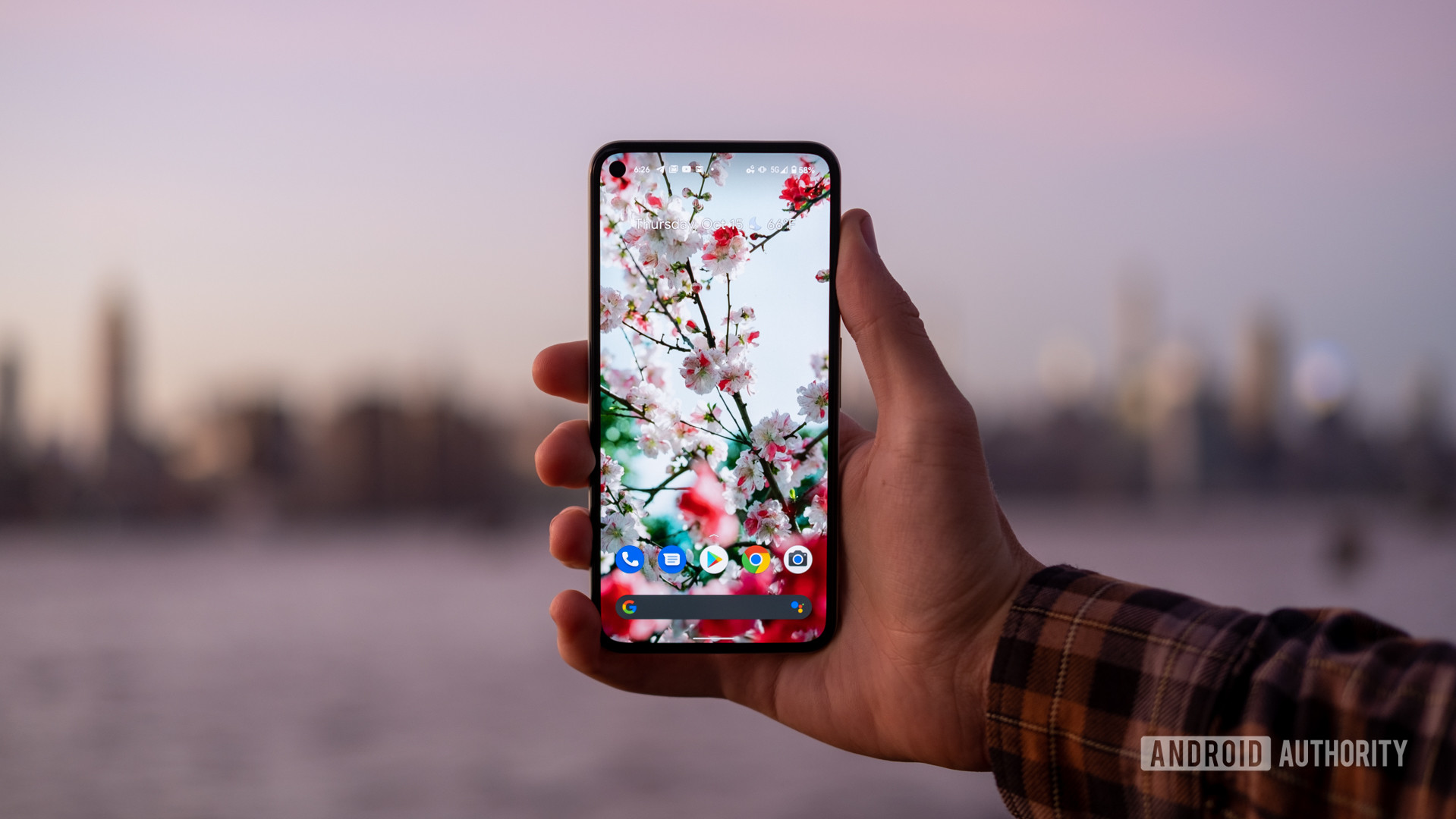
By now, it shouldn’t be surprising to see accolades for a Pixel display. Although Google definitely stumbled a bit with the Pixel 2, its displays are usually some of the best in any given year. As one would expect, that is the case when it comes to the Pixel 5.
Although Pixel displays are almost always good, the Pixel 5 is the best ever in the lineup. It’s a 1080p OLED panel with HDR10+ support. It also has a refresh rate higher than the usual 60Hz. The Google-branded “Smooth Display” comes in at 90Hz, which we first saw on the Pixel 4 lineup. Now, that’s not as high as we’re seeing on a lot of other phones these days — most 2021 flagships are landing with 120Hz refresh rates. However, 90Hz is still better than 60Hz and the Pixel 5 display doesn’t disappoint.
See also: Refresh rate explained: What does 60Hz, 90Hz, or 120Hz mean?
One thing to note here is that the Pixel’s relatively small screen makes it look even better than its raw specs would suggest. In other words, a 1080p resolution for a 6.8-inch display is not going to look as crisp as that same resolution crammed into the 6-inch display of the Pixel 5. This is yet another time in which the small form factor of the Pixel 5 works in its favor.
The not so good
As mentioned before, the Pixel 5 is not a premium flagship. At least, not in a traditional sense. Therefore, it wouldn’t be fair to compare it to something like a Galaxy S21 Ultra or ASUS ROG Phone 5. Instead, we need to compare it to other devices in the price bracket of Google’s 2020 smartphone. When you do that, you come away with a few deficiencies.
Design
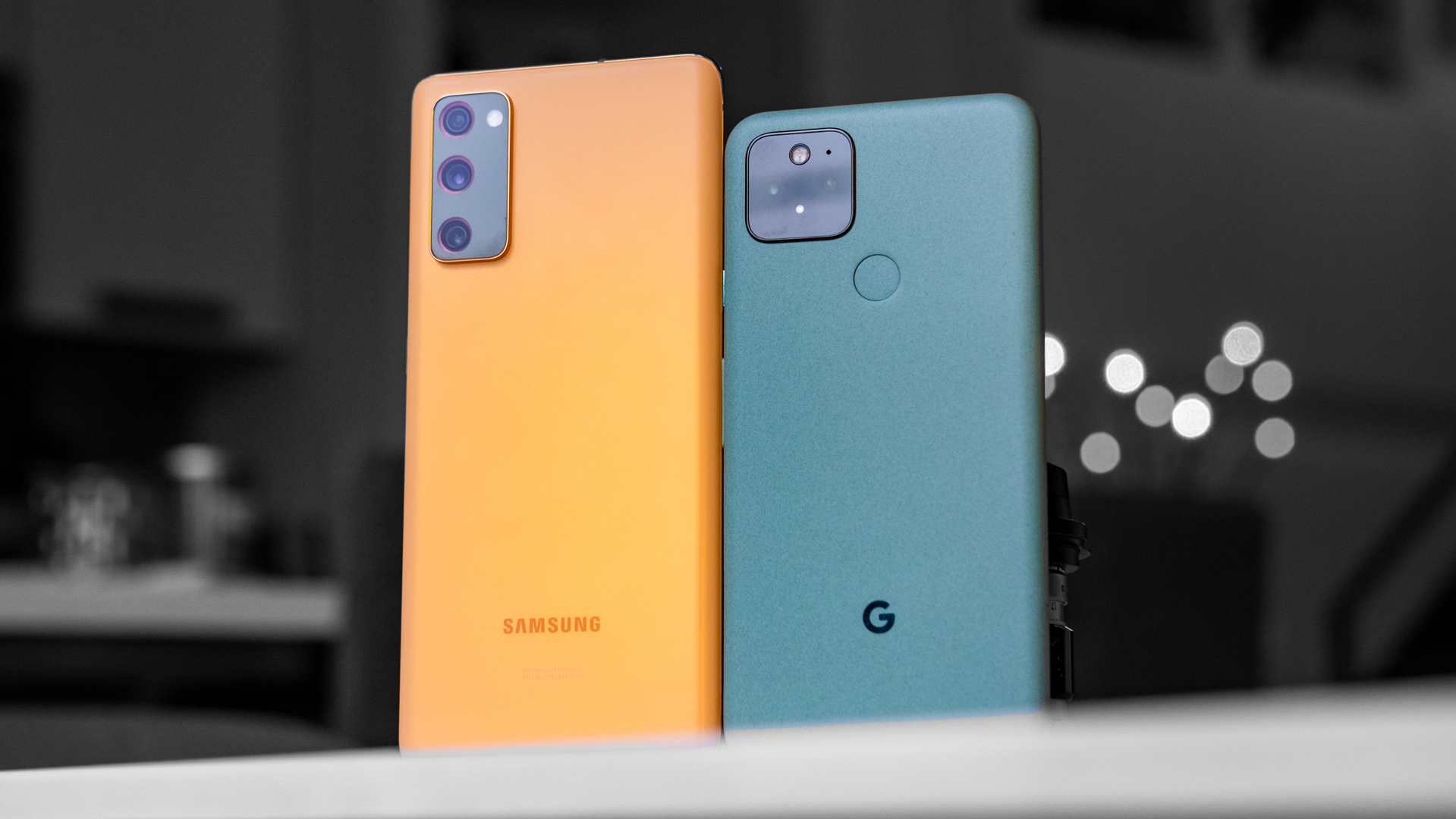
Wait, didn’t I already gush about the design of this phone in the previous section? I sure did. However, the design of a smartphone has many facets. In the case of the Google Pixel 5, it gets a lot right, but there are still a few things that need work.
One of the most glaring design issues with the phone is the size of the selfie camera display cutout. Most premium phones with cutouts have a sliver of black casing going around the lens. This makes the cutout as small as possible. The Pixel 5, though, has a very thick casing around its already-large selfie lens. During this Google Pixel 5 review revisited, I kept noticing how huge the cutout is compared to other phones. This problem gets exacerbated by the overall smallness of the display.
See also: The best Android phones for taking selfies you can buy
Elsewhere, the Google Pixel 5 is a $700 phone with a rear-mounted fingerprint scanner. Granted, a lot of people love rear-mounted sensors and might see this as a boon. The issue is that these days, a rear-mounted fingerprint scanner is closely associated with cheaper phones. The Google Pixel 5 might be cheaper than its predecessors, but it’s still not “cheap.” This makes the rear-mounted scanner feel a little anachronistic. To back this up, there were only three slate-style smartphones from 2020 with rear-mounted scanners that cost more than $400: the Pixel 5, Pixel 4a 5G, and Cat S62 Pro. Every other rear-scanner phone costs $399 or less. That’s not a great look, Google. Perhaps a sleeker, less conspicuous side-mounted scanner would have been the better cost-saving measure.
Finally, despite the phone’s innovative back panel work, it still has the overall look of a phone from several years ago. This is mostly due to Google using the same camera bump design it’s used on every Pixel phone for nearly two years now. Hopefully, Google can change up the formula a bit with the expected Google Pixel 6.
Camera
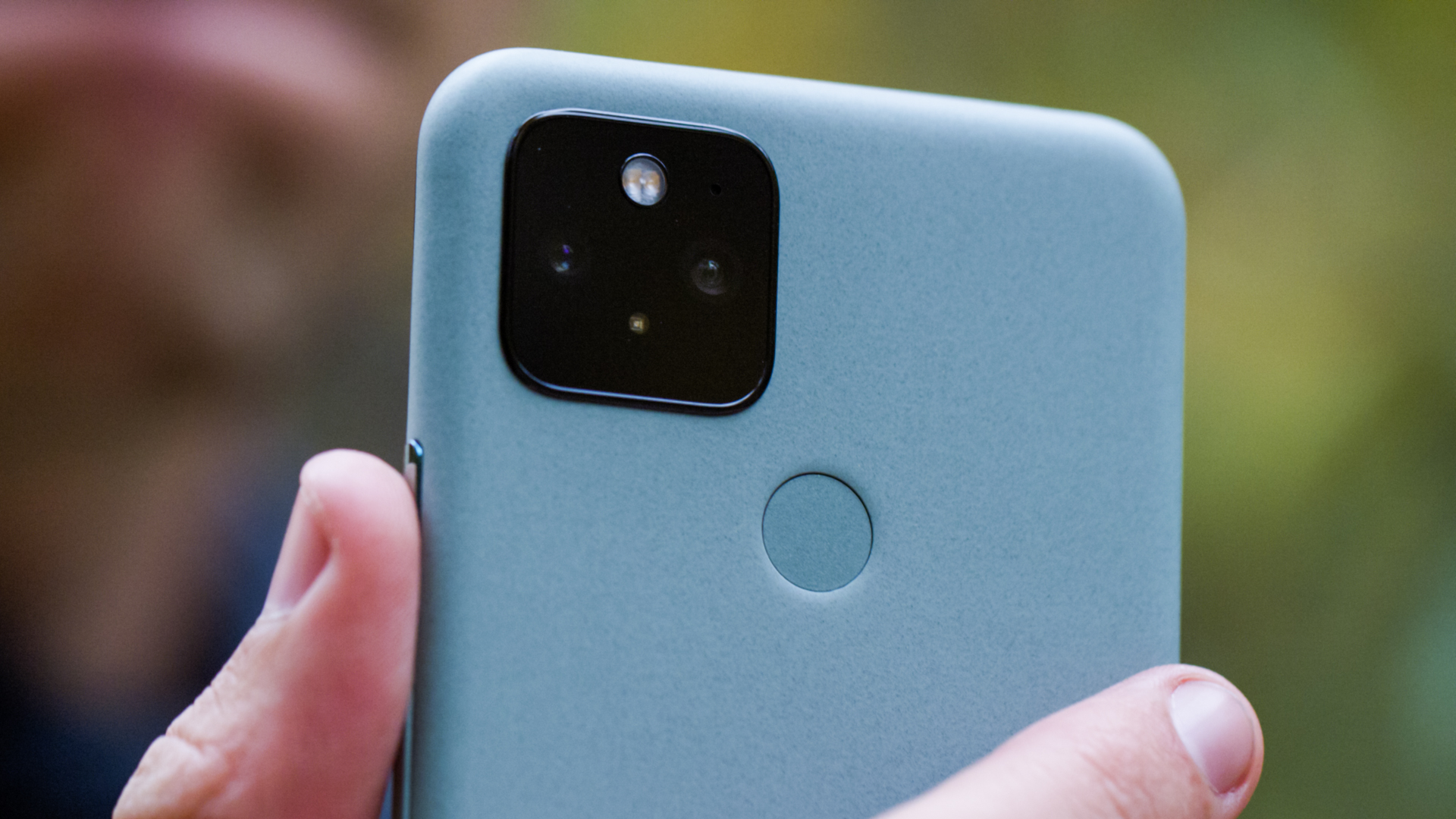
Without a doubt, the Google Pixel 5 is one of the best smartphone cameras you can get. However, there are two big issues with the camera that only get worse and worse as the phone ages.
The first camera deficiency is the sensor itself. Aside from some minor upgrades, the camera sensor used in the Pixel 5 is the same one Google’s been using since the Pixel 3 series. When the phone first launched, we noted that it was starting to show its age. Now, six months later, things obviously haven’t gotten any better.
Related: It’s time Google updated Pixel camera hardware to match its stellar software
Granted, Google still gets a ton of mileage out of that sensor. For your point-and-shoot needs, you can’t do much better than the Pixel 5, especially for a phone that costs $700. But if you’re planning on buying this phone in 2021 and keeping it for a few years, its camera is unlikely to age as well as past Pixels have.
That brings us to the next issue with the Pixel 5’s camera, which is its versatility (or lack thereof). While the Pixel 5 has a standard lens paired with a wide-angle shooter, it lacks a telephoto lens. This pretty much negates being able to get high-quality zoom images. Additionally, that wide-angle lens has a mediocre field-of-view of just 107 degrees. By comparison, the wide-angle on my Galaxy S21 has a 120-degree FoV. It’s also a little underwhelming in general compared to some of the best ultra-wide shooters out there.
The bottom line here is that the Pixel 5 is a great camera for basic use cases. As time goes on, though, competitor cameras are outpacing Google when it comes to improvements and new features. In just six months, the Pixel 5 already feels behind the curve.
Price
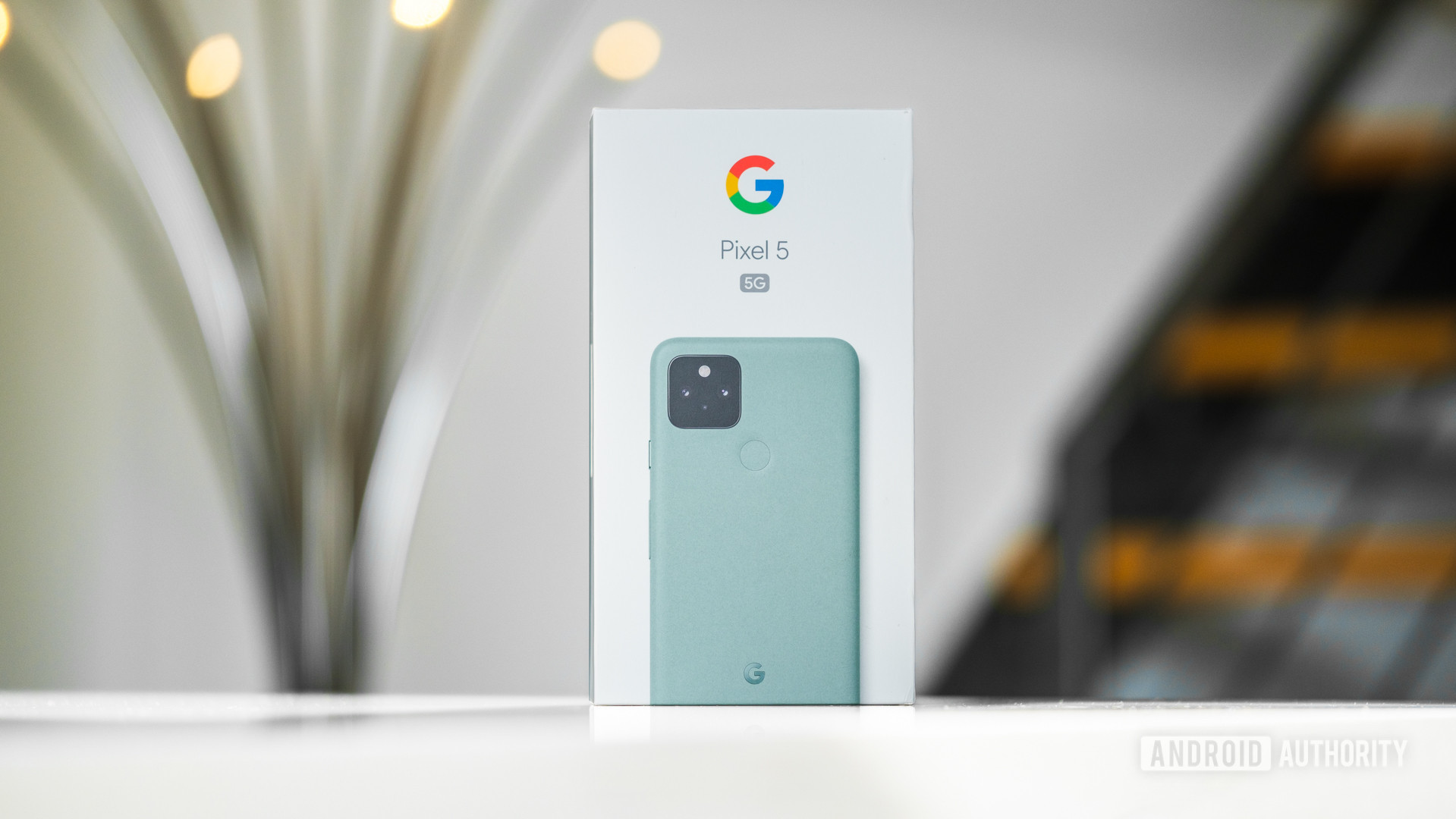
In 2019, the Google Pixel 4 launched with a $799 price tag. Its larger sibling, the Pixel 4 XL, started at $899. By comparison, the $699 launch price of the Pixel 5 should seem like a bargain.
In a sense, it is a bargain. With the Pixel 5, you get most of the features you would expect from a 2020 flagship: wireless charging, an IP rating, a high refresh rate display, a great camera system, 8GB of RAM, 128GB of internal storage, etc. The problem is that there are multiple phones that offer all those features and more at a similar price point. Additionally, there are phones that offer most of those features for far less cash.
The most glaring example of this is the Samsung Galaxy S20 FE. At the exact same price as a Pixel 5, it offers pretty much everything the Pixel does while also throwing in a higher display refresh rate, a much more powerful processor, and a few extras like expandable storage and more color options.
Related: Samsung Galaxy S20 FE review: A fine phone for frugal fans
Meanwhile, the Pixel 4a 5G sacrifices a few notable features such as wireless charging and an IP rating. However, it’s a whopping $200 cheaper than the Pixel 5.
The Google Pixel 5 is appropriately priced only in a vacuum. Once you look at the competition, you quickly find two scenarios. You could either save a lot of money and still get most of what you want, or spend the same amount of money and get everything you want and more.
Now, if the Pixel 5 launched at $599, we’d be telling a different story here. But it didn’t, and even today, Google hasn’t dropped the price.
Google Pixel 5 review revisited: The verdict
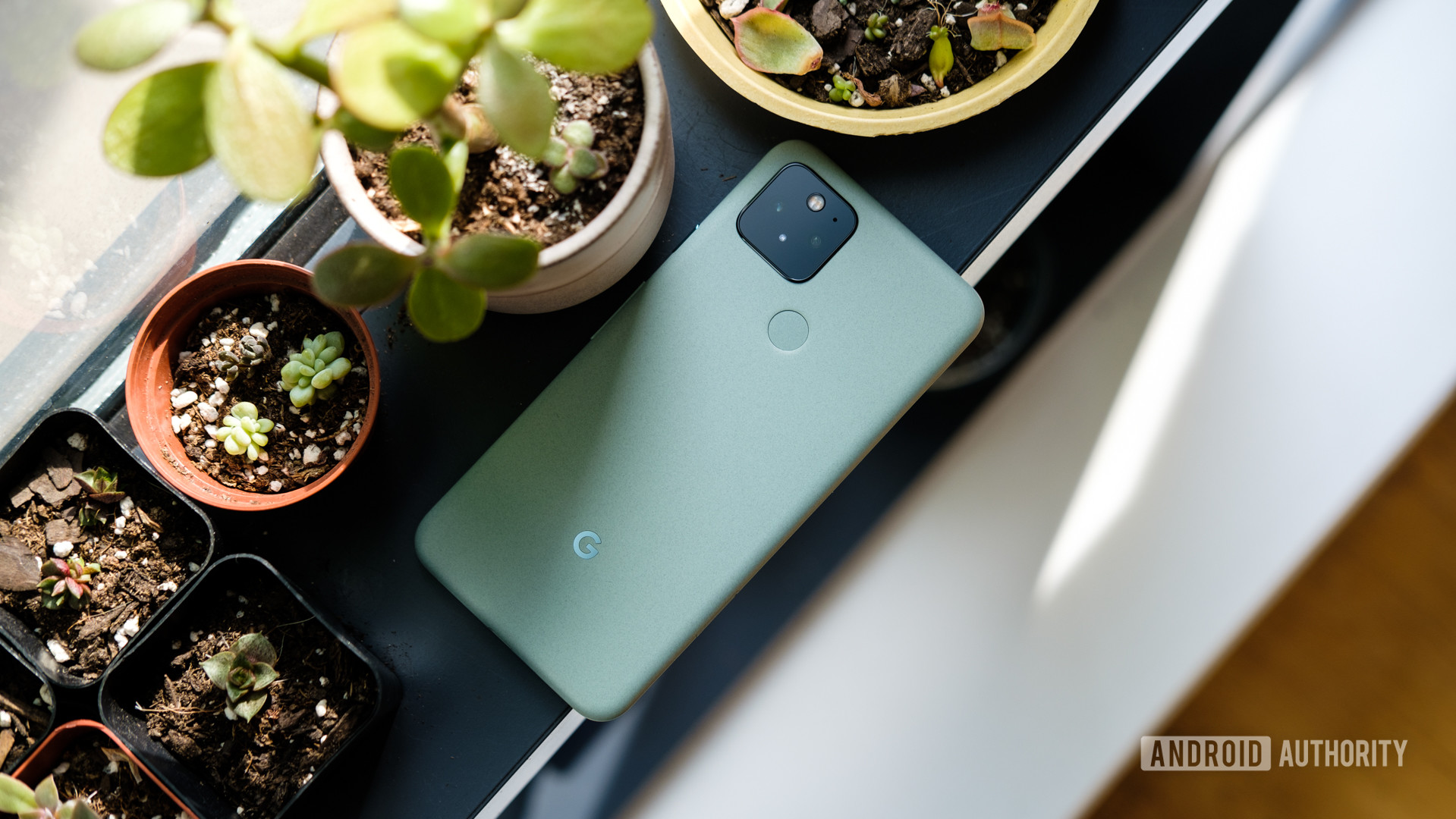
In many ways, the Google Pixel 5 is full of paradoxes. It’s one of the cheapest flagship Pixels ever but still feels too expensive. Its camera is one of the best we’ve used but also feels deficient when compared to the competition. It offers some truly innovative design aspects that live right next to some budget phone-level aesthetic quirks.
These issues are why we recommend 2021 buyers wait around for the expected Pixel 6. If Google revamps the camera hardware of that future phone and offers some new design elements, it will make it a far better investment. That would be true even if the price increases.
Is the Google Pixel 5 still a good buy 6 months later?
Of course, that doesn’t mean buying a Pixel 5 in 2021 is a bad idea in itself. The phone is still good and will continue to be good two years from now, even with the issues above taken into consideration. After all, even the camera on the original Pixel can hold its own today thanks to Google’s software. However, if you are going to spend $700 on a phone, you want to make sure it’s going to be worth it. We think waiting for the Pixel 6 would probably be the better idea.
If you need a phone today and are not a stickler about camera versatility, the Google Pixel 5 is still a great choice. We’d recommend trying to find it on sale or use carrier discounts to bring down the price a bit, but it’s still a great phone overall. Even in 2021, this is a phone I’d be proud to use as my daily driver.
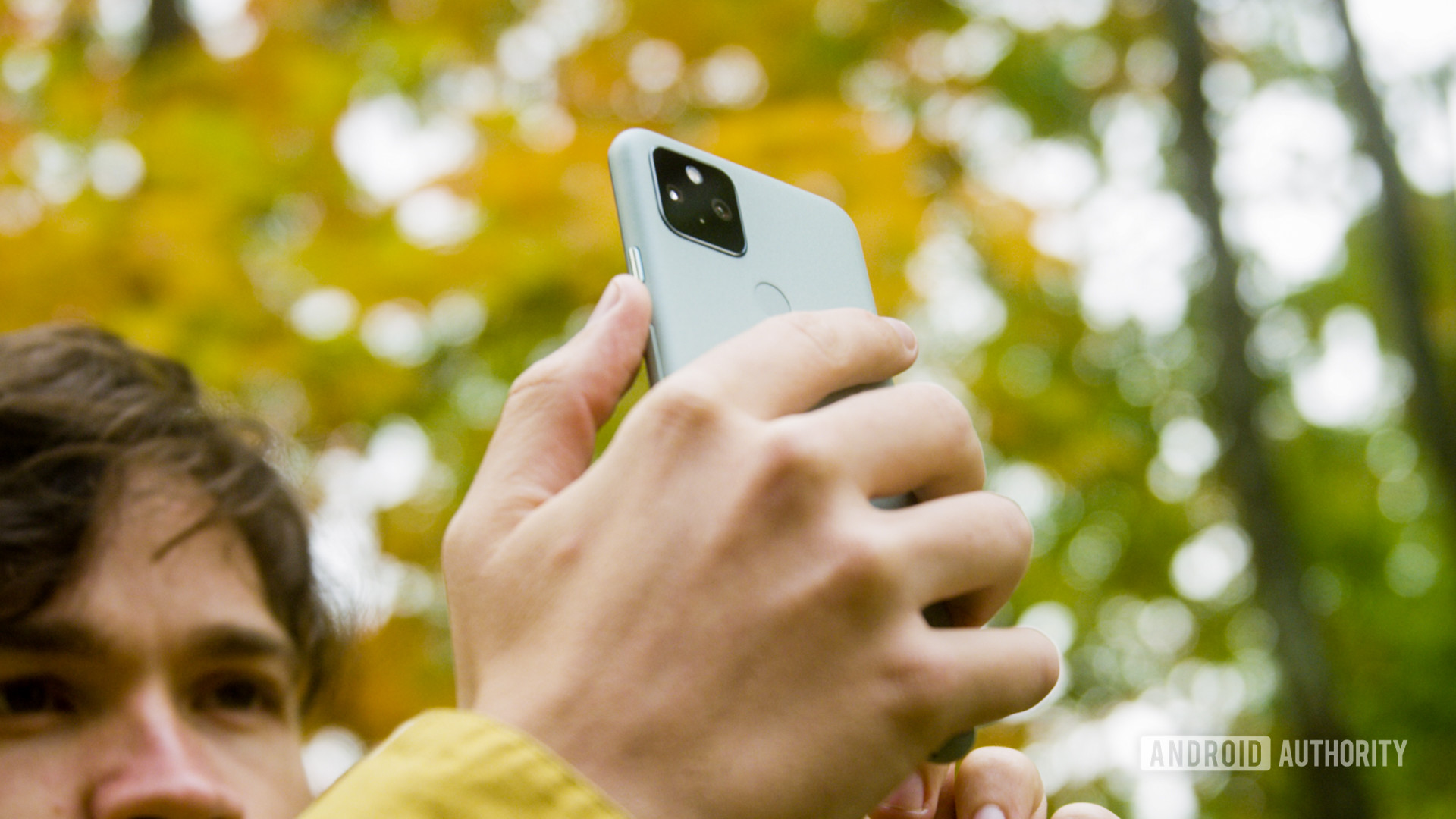
What do you think? Is the Google Pixel 5 still worth it in 2021? Would you rather wait for the expected Pixel 6? Answer our poll above!